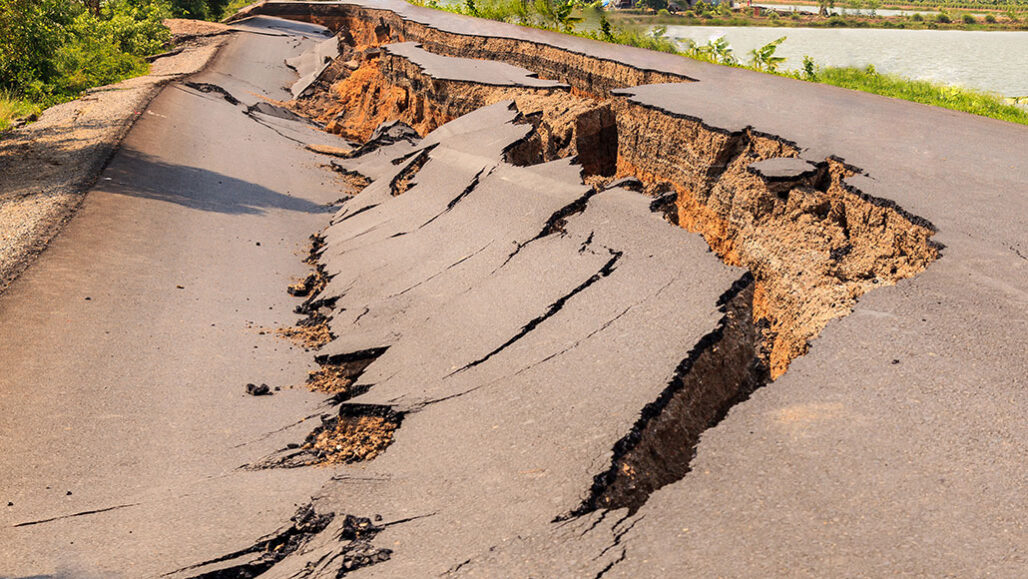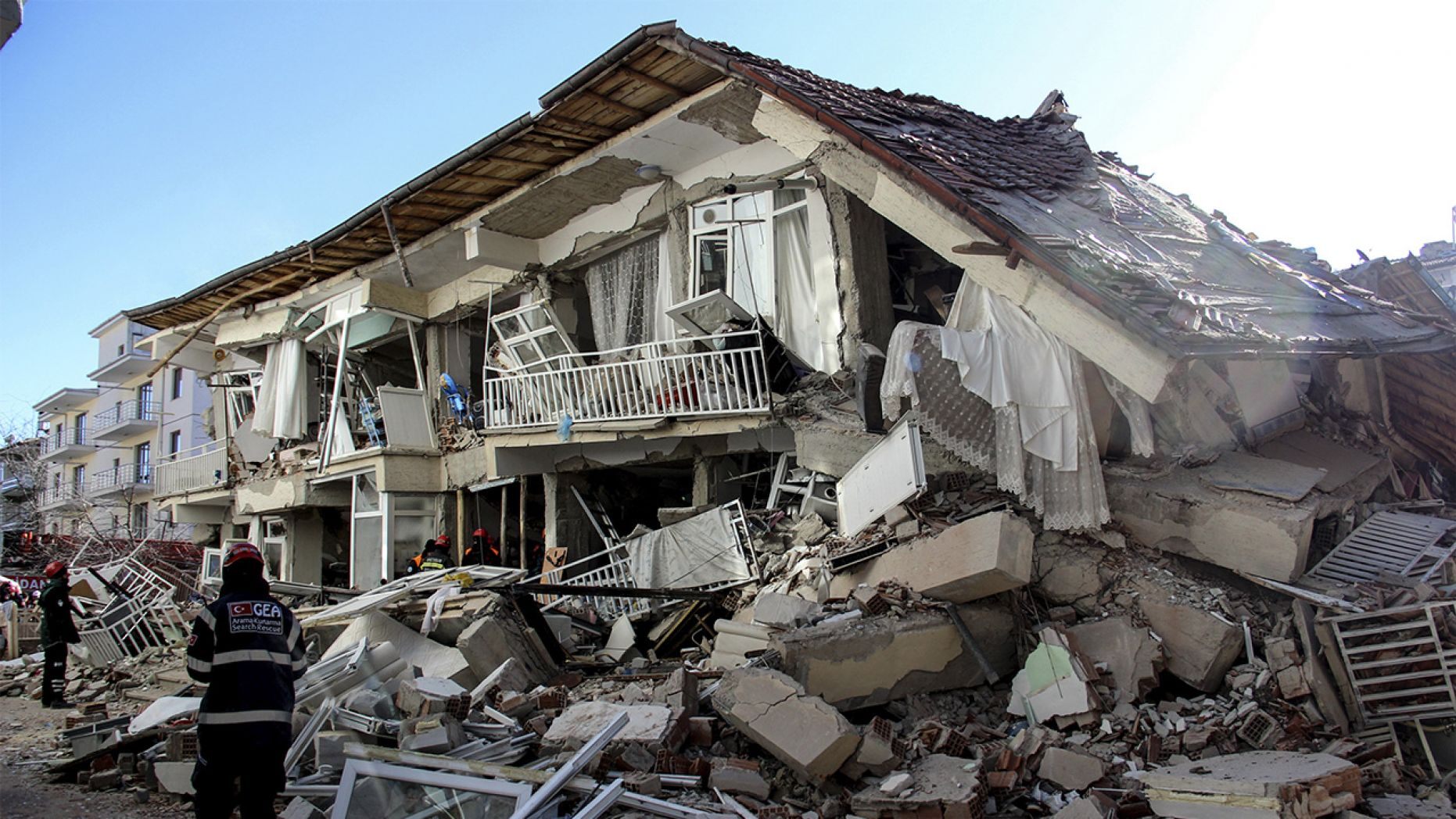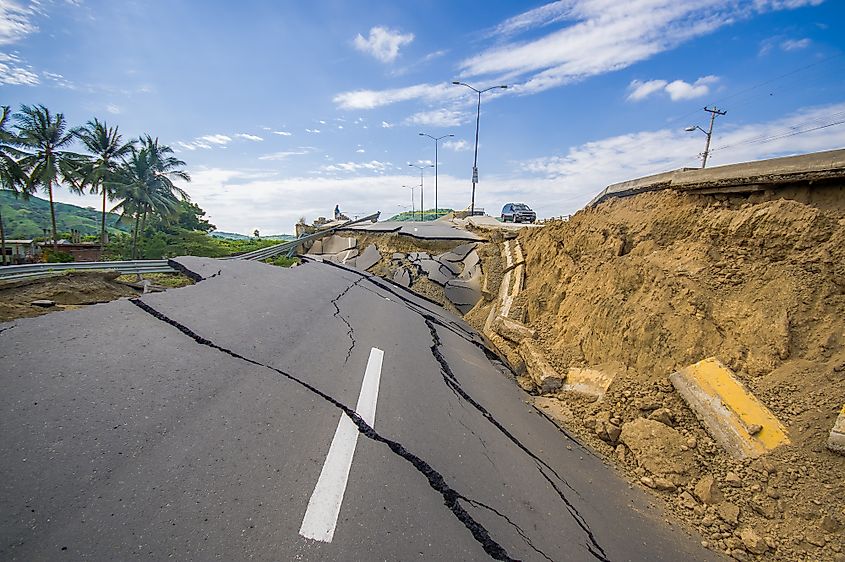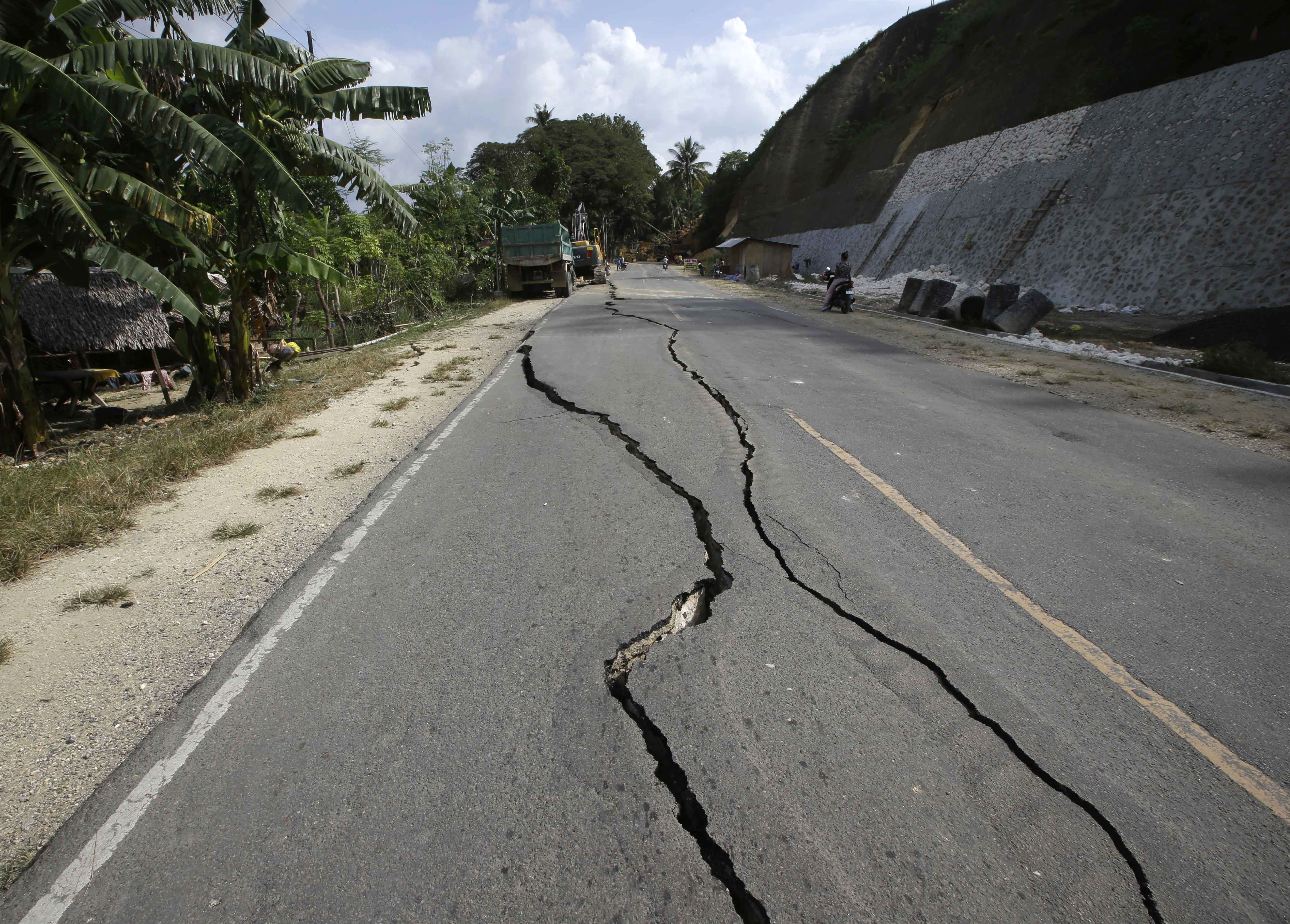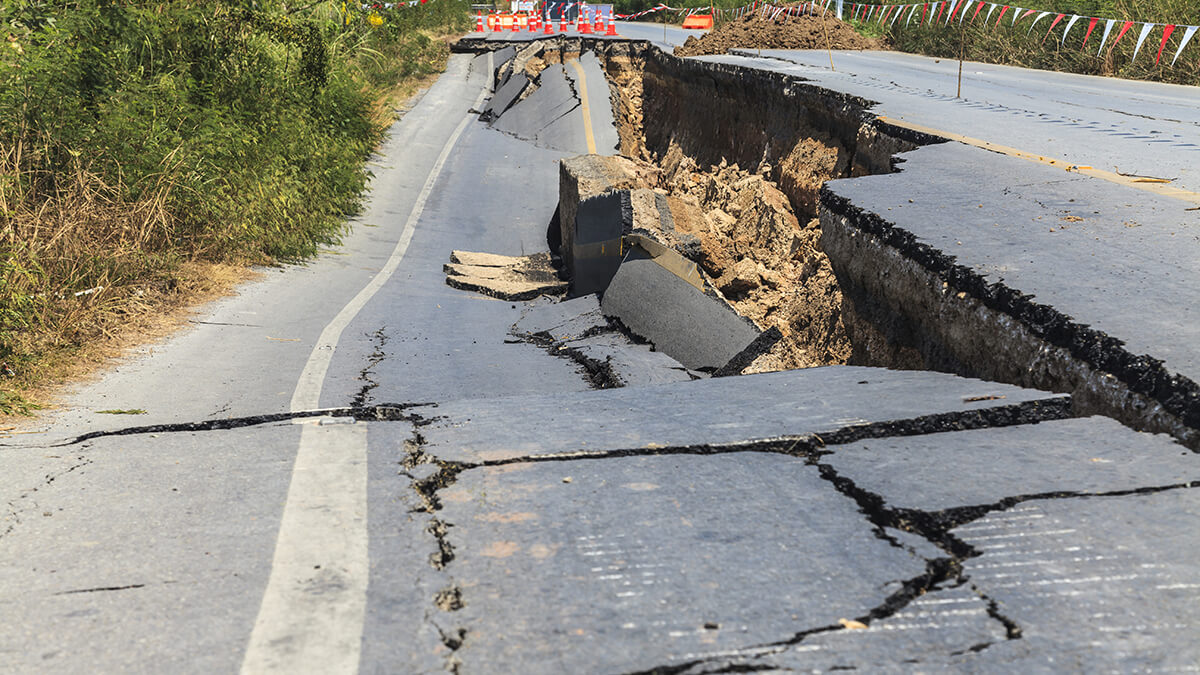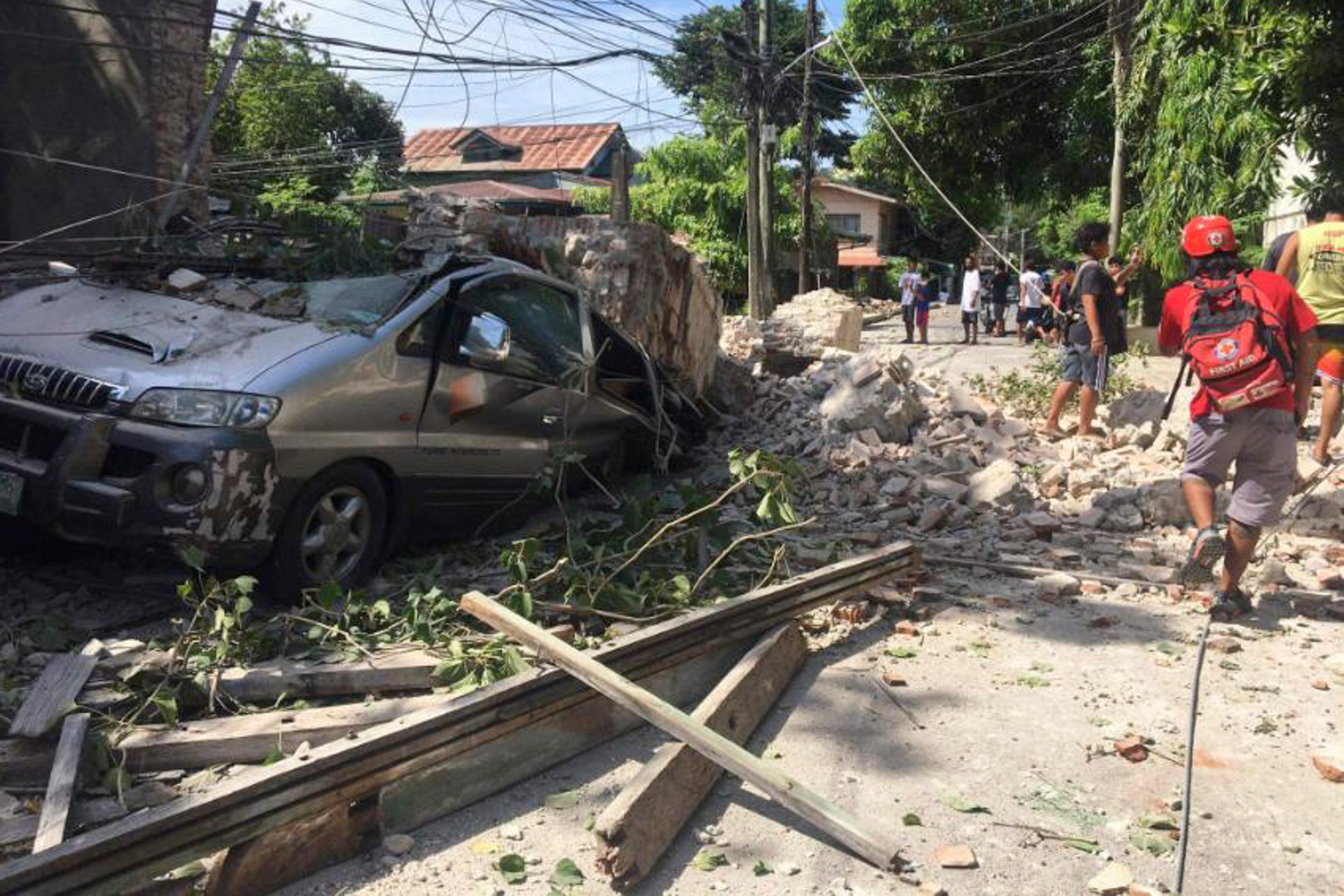Earthquake Activity Spurs Global Concerns: A Look into the Shaky Ground Beneath Our Feet
Earthquakes have been making headlines worldwide, leaving many to wonder about the causes and consequences of these seismic events. From the San Gabriel Valley in the United States to the far reaches of the globe, earthquakes are a stark reminder of the power and unpredictability of our planet's geological forces.
Recent Earthquake Activity:
On the west coast of the United States, a magnitude 3.5 earthquake shook the San Gabriel Valley, causing a stir in the Los Angeles area. According to the United States Geological Survey (USGS), the earthquake occurred less than a mile from Alhambra, South Pasadena, Monterey Park, and East Los Angeles. While the quake was not catastrophic, it served as a reminder of the seismic activity that plagues the region.
Meanwhile, other parts of the world have also experienced significant earthquake activity. A 4.8 magnitude earthquake rattled buildings across the US Northeast, with tremors felt from Washington, DC to New York City. New Jersey and other areas were also affected, highlighting the widespread impact of seismic activity.
Understanding Earthquakes:
So, what exactly causes earthquakes? According to scientists, earthquakes occur when there is a sudden release of energy in the Earth's lithosphere, creating seismic waves that travel through the planet's crust. This energy release is often the result of tectonic plate movement, as the plates that make up the Earth's surface slowly move and interact with one another.
Friction between the plates can cause them to become stuck, leading to a buildup of stress. When this stress becomes too great, the plates will suddenly move, releasing the stored energy in the form of seismic waves. This process is known as a fault rupture, and it is the primary mechanism behind earthquake activity.
Earthquake Frequency and Severity:
Earthquakes can range in intensity from barely detectable tremors to catastrophic events that destroy entire cities. The severity of an earthquake is typically measured by its magnitude, which is a logarithmic scale that represents the amount of energy released during the quake.
According to the National Geographic Society, hundreds of earthquakes occur on Earth every day, with most being small and barely detectable. However, on average, a major earthquake with a magnitude of 7.0-7.9 strikes somewhere on the planet more than once a month. A great earthquake, with a magnitude of 8.0 or higher, occurs about once a year.
Earthquake Prediction and Preparedness:
While earthquake prediction is still an evolving field, scientists are making strides in understanding the underlying mechanisms that lead to seismic activity. By studying fault lines, plate movement, and other geological factors, researchers can identify areas that are more prone to earthquakes.
However, predicting the exact timing and location of an earthquake remains a significant challenge. As a result, preparedness and early warning systems are crucial for saving lives and reducing the impact of seismic activity.
Conclusion:
Earthquakes are a powerful reminder of the dynamic forces that shape our planet. By understanding the causes and consequences of seismic activity, we can better prepare ourselves for the unexpected. As scientists continue to study and predict earthquakes, we can work towards creating more resilient communities that are equipped to withstand the next big quake.

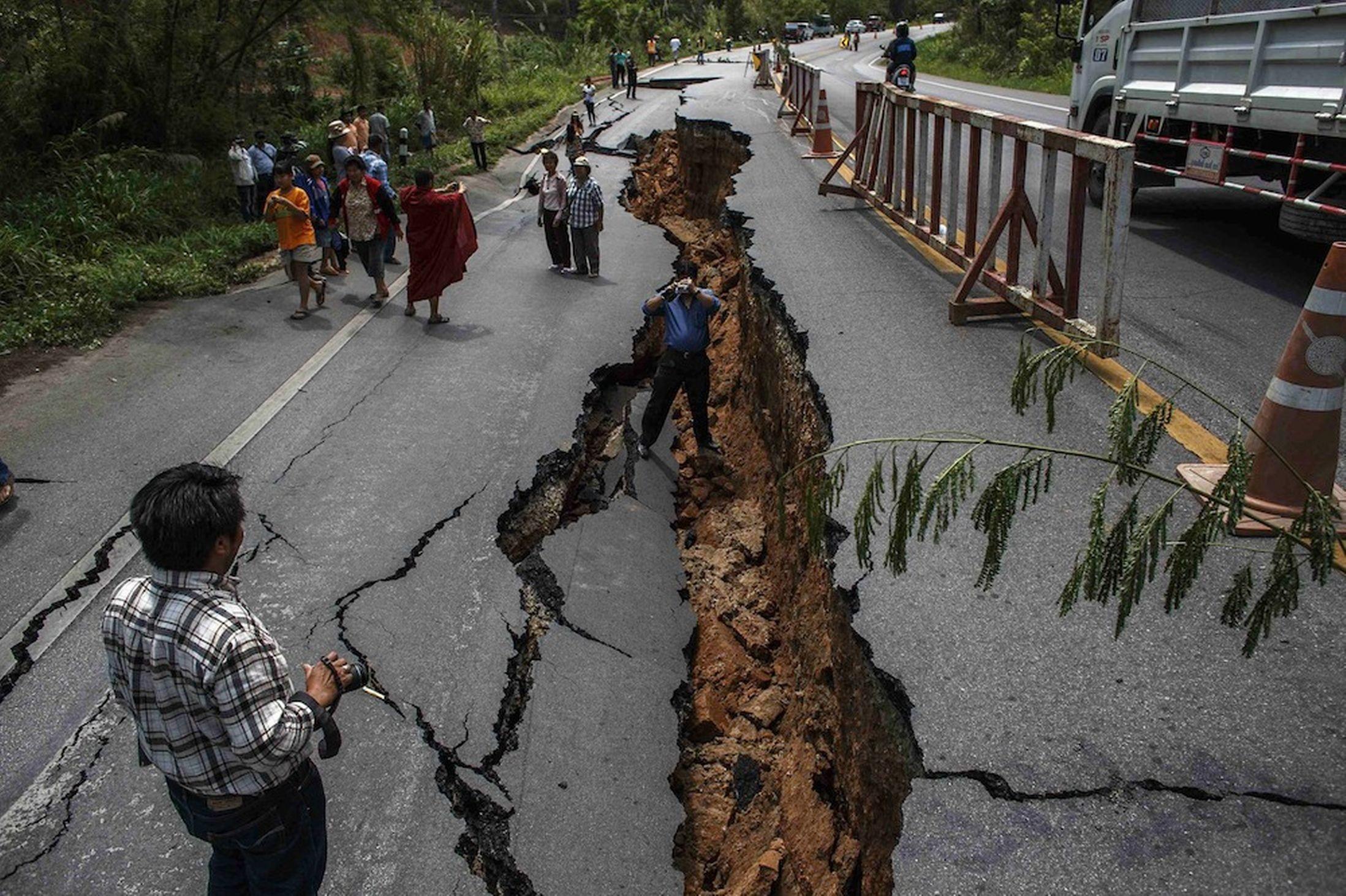

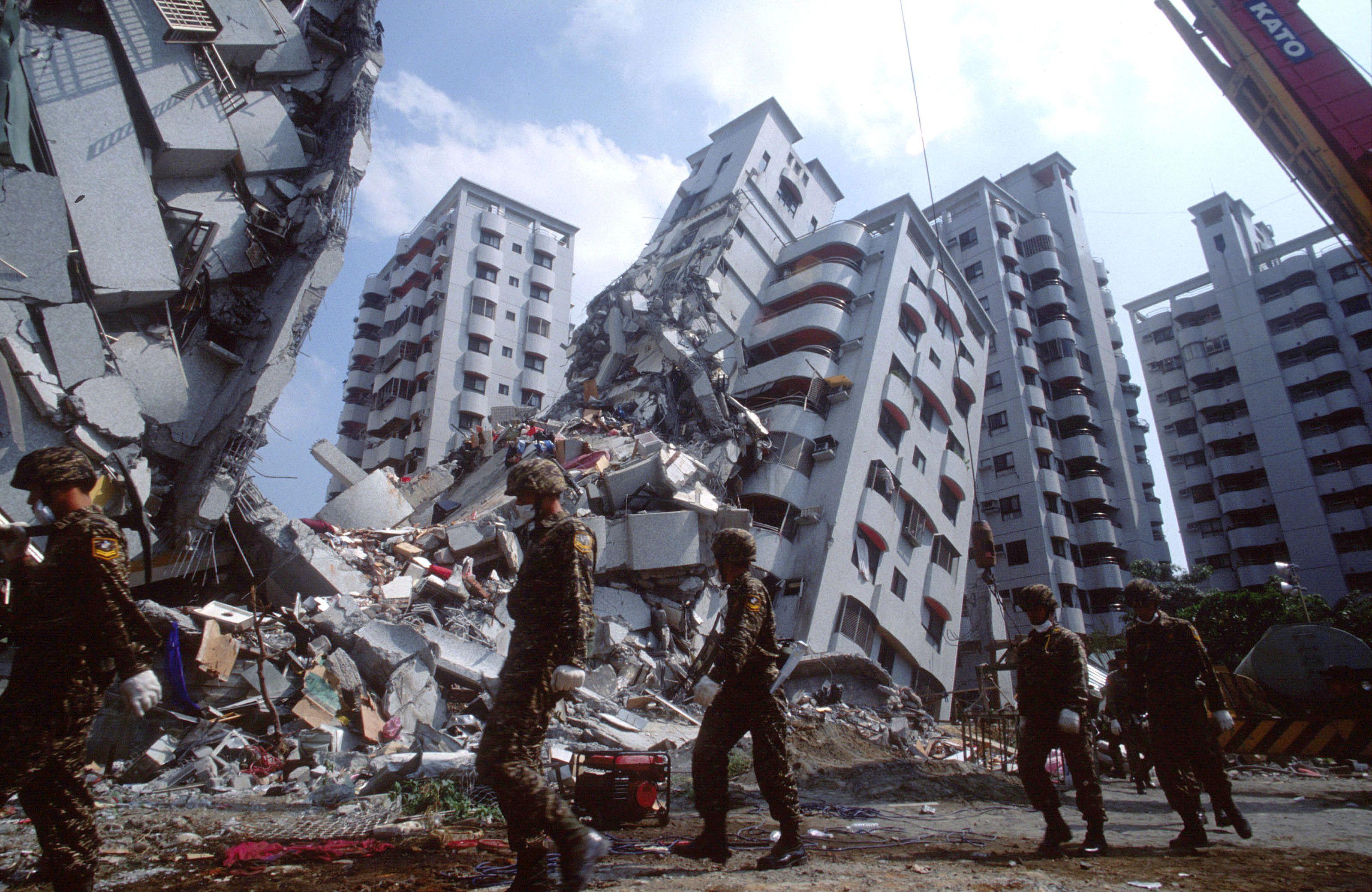
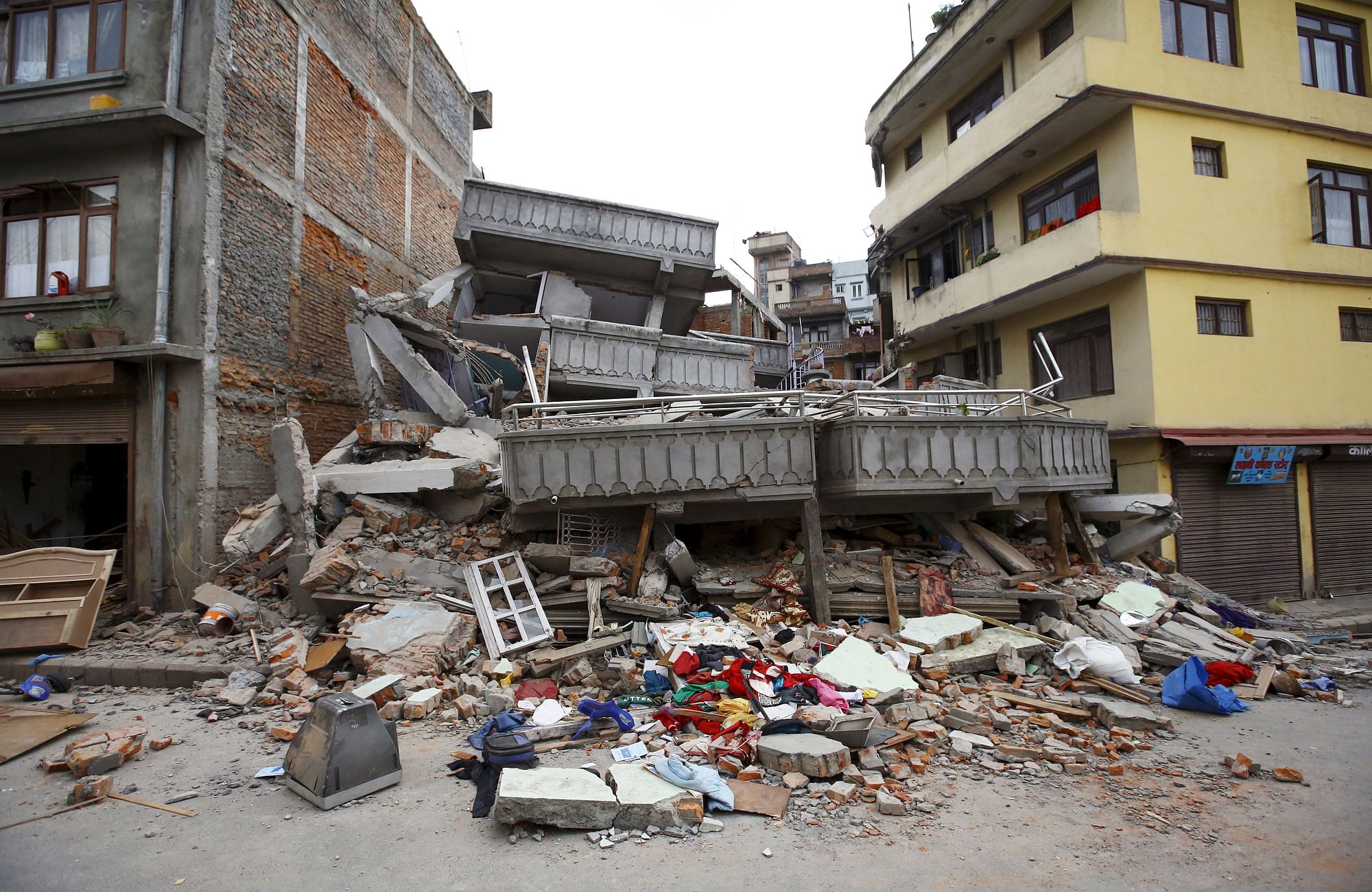


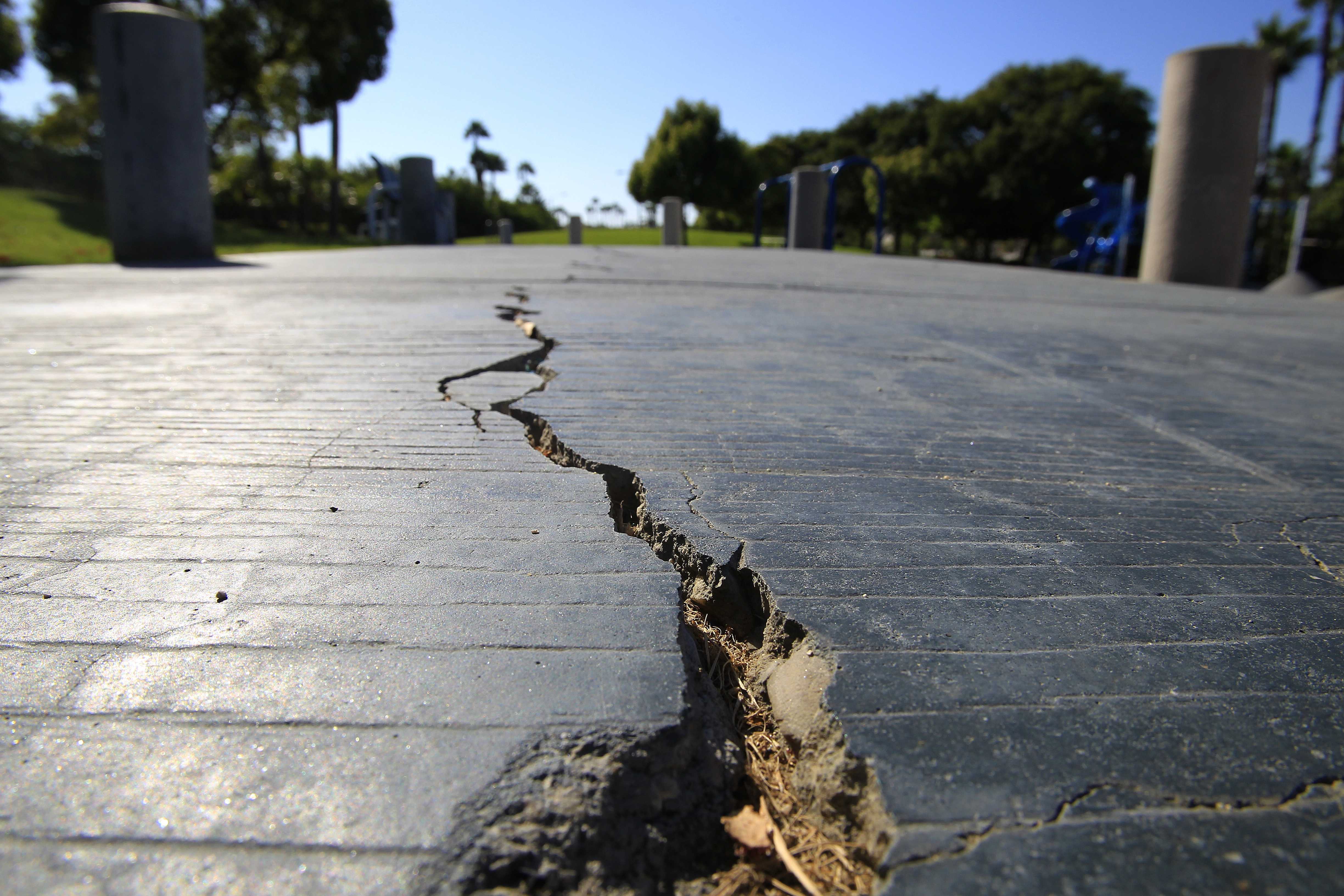


/nepal-earthquake-2015-858240192-f0cb035a5cd94de98e2ac2ed0f8fe9bc.jpg)

